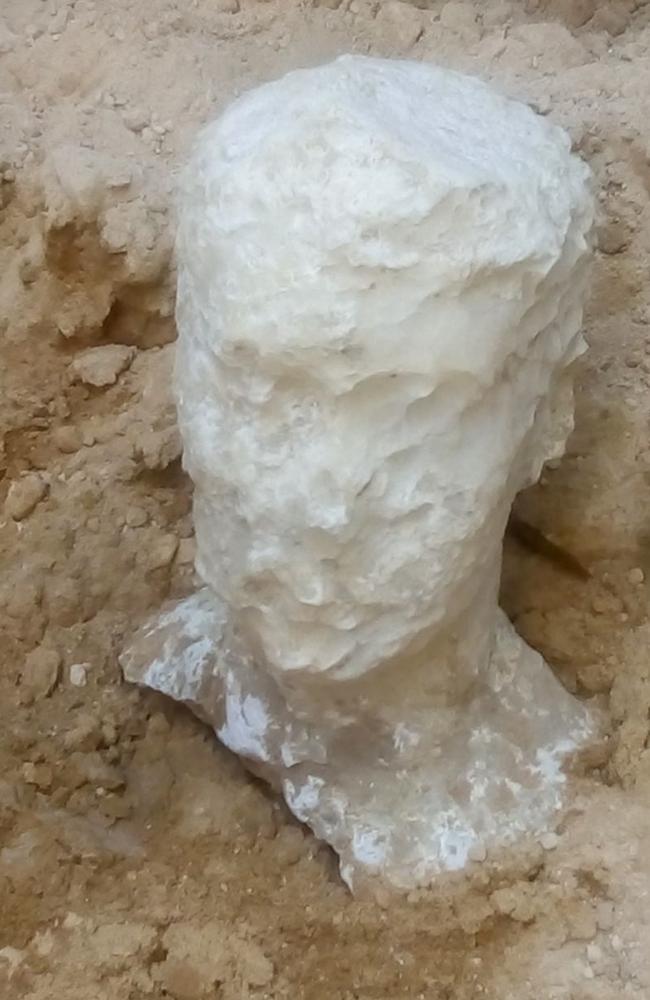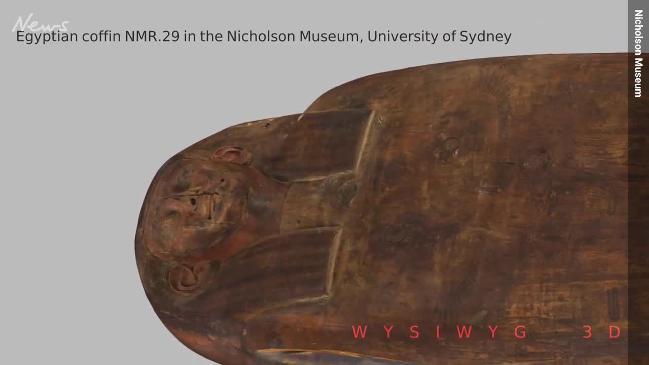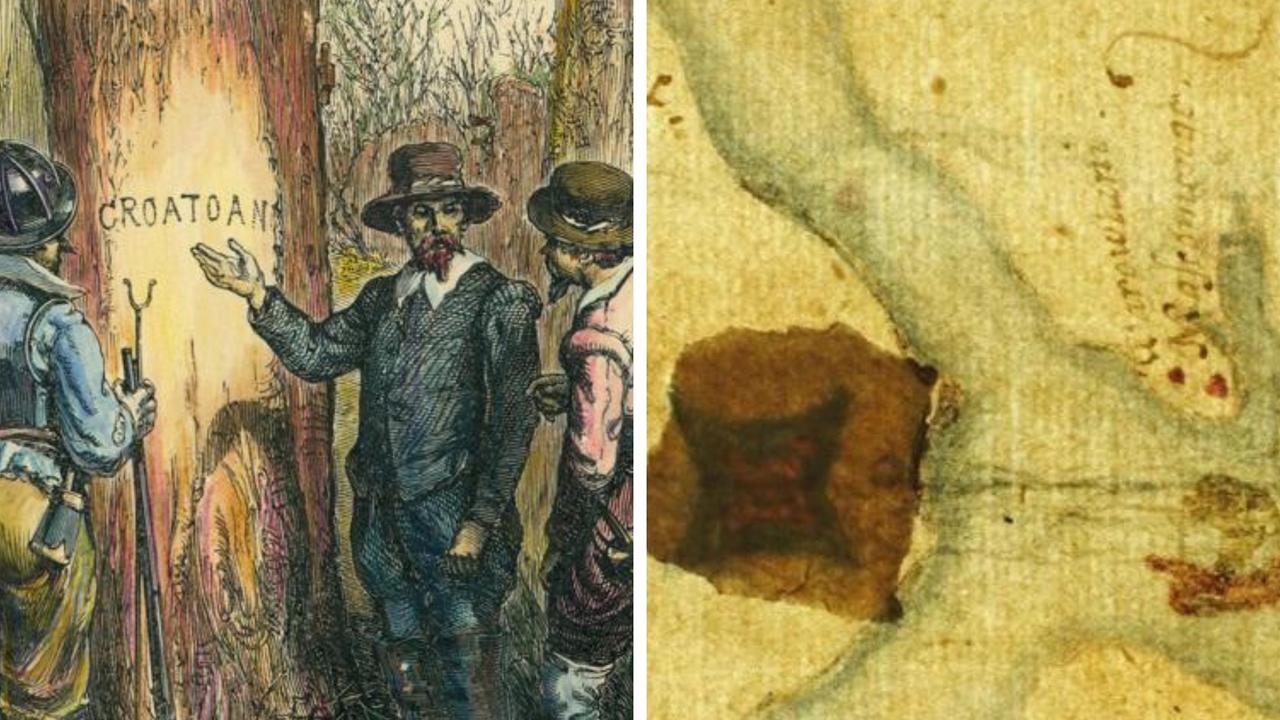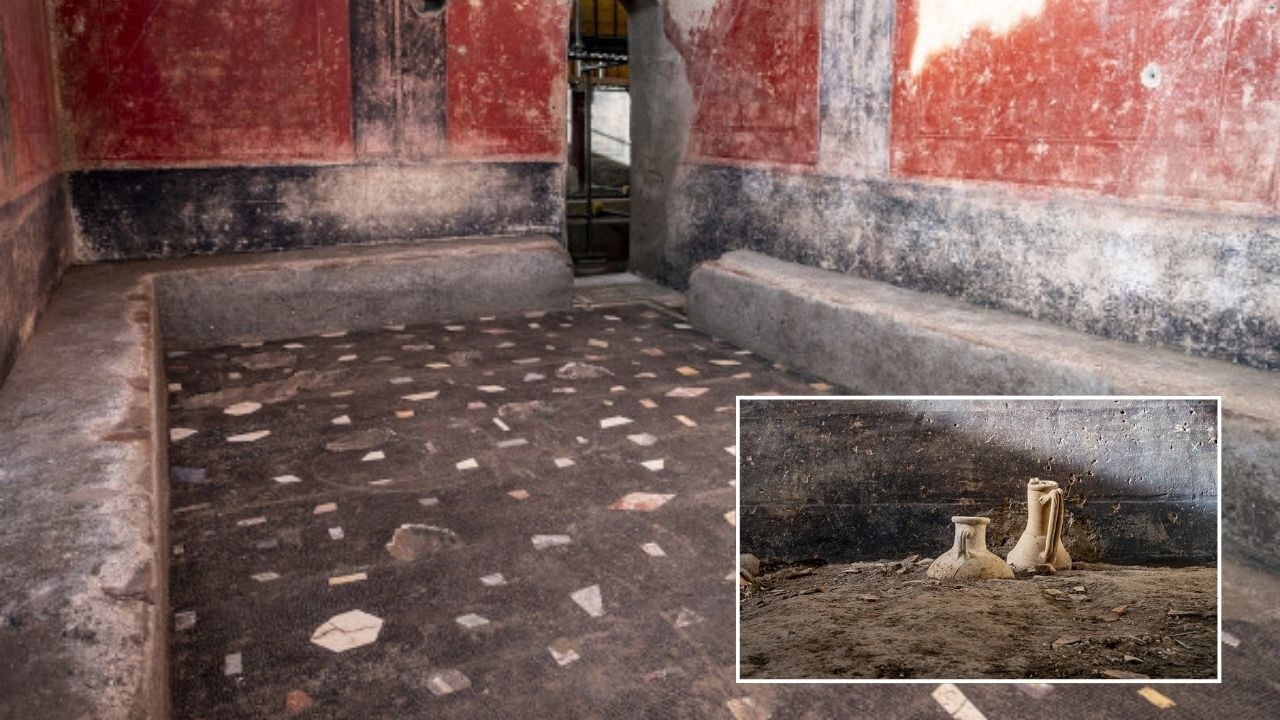Scientists identify mystery liquid in Egyptian sarcophagus
A POOL of murky, red liquid found around three mummies in an Egyptian sarcophagus has been analysed by scientists.

THE unsettling red liquid pooled around three decomposed mummies found inside a 2000-year-old burial chamber in the historic port city of Alexandria in Egypt has taken on a life of its own.
Horrifying images of a trio of skeletons floating in the murky soup led to rumours the “mummy juice” contained medicinal or supernatural properties, with locals anxious to bottle the stuff.
Others feared its odd colouring signified the presence of a metal such as mercury.
The large, black granite sarcophagus was unearthed in the Sidi Gaber district earlier this month and cracked open despite fears that doing so would unleash an ancient curse.
The General Secretary of the Supreme Council of Antiquities, Dr Moustafa Waziri dismissed early speculation the tomb could contain the remains of Alexander the Great, saying instead it may have belonged to a priest.
However, the discovery of possible arrow damage to one of the skulls means the bones probably belonged to military officials, according to a statement released by Egypt’s Ministry of Antiquities yesterday.


Authorities also revealed the liquid was neither “juice for mummies that contains an elixir of life” nor “red mercury” but something far more pedestrian — sewage water.
But the ugly — or in this case — smelly truth has failed to scare off the believers, even inspiring an online campaign.
A change.org petition entitled “let the people drink the red liquid from the dark sarcophagus” has attracted more than 16,000 signatures.
“We need to drink the red liquid from the cursed dark sarcophagus in the form of some sort of carbonated energy drink so we can assume its powers and finally die,” petition founder Innes McKendrick wrote by way of explanation.
Workmen found the black granite tomb five metres underground during construction of an apartment building in the historic Mediterranean port city.


Dr Waziri said the skeletons had partially disintegrated because sewage water from a nearby building had leaked into the sarcophagus through a small crack in one of the sides.
The 30-tonne coffin, the largest yet found in Alexandria, prompted a rash of theories in local and international media that it may be the resting place of Alexander the Great, who founded the city that still bears his name in 331BC.
The legendary Macedonian leader died in 323BC in Babylon, in what is now Iraq, but his remains were later moved to Alexandria. The exact location of his burial remains a mystery.
Dr Waziri said it was unlikely the remains found this week belonged to any notable members of the Ptolemaic dynasty (332BC-30BC) associated with Alexander the Great, or the subsequent Roman era.
Fears of an ancient curse stem from a string of deaths reportedly associated with those involved in opening of Tutankhamun’s crypt in the early 1900s.
“We’ve opened it and, thank God, the world has not fallen into darkness,” Mr Waziri said last week.
“I was the first to put my whole head inside the sarcophagus, and here I stand before you — I am fine.”
The sarcophagus is the latest of a series of notable archaeological finds this year in Egypt.
Others include a 4,400-year-old tomb in Giza and an ancient necropolis in Minya, south of Cairo.





